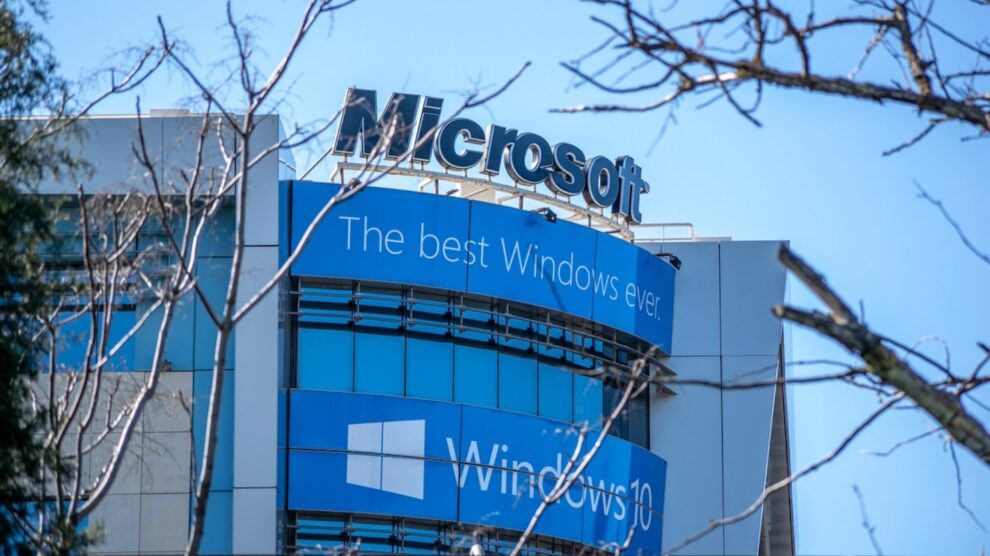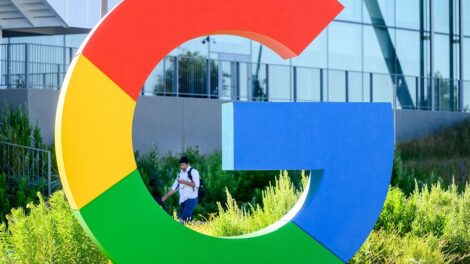Computer Owner Shares Frustration After Seeing Concerning Message on Windows Laptop, reflecting the frustrations that many face when dealing with sudden and unexpected system updates or errors. The user, expressing their dismay, highlighted a troubling message displayed on their device, which reignited conversations about the reliability of modern computing systems and the way technology firms handle customer interactions and updates. For many, this experience sheds light on broader concerns about planned obsolescence, software reliability, and the real costs of staying technologically current.

The reported issue came from a device running a Windows operating system, showcasing an unexpected error message that urged the user to take action. This prompted the individual to question whether their laptop had reached the end of its usability due to software restrictions rather than any genuine hardware failure. The frustration expressed—“I will not be buying a new one”—has resonated with countless others who have encountered similar challenges with their devices, whether related to updates, security concerns, or software compatibility. This incident underscores a growing sentiment among consumers who feel that their technology becomes prematurely outdated due to systemic factors.
Understanding the Core of the Problem
The issue faced by the Windows laptop owner points to a recurring challenge in the tech industry: the delicate balance between innovation and consumer satisfaction. While technology firms frequently introduce new features, enhancements, and updates to improve user experience, these changes can often lead to unintended consequences. Devices that were once reliable may begin to display warning messages, errors, or performance degradation, leaving users to navigate complex solutions or, in some cases, consider purchasing a replacement device.
At the heart of this particular problem lies the way operating systems interact with aging hardware. Windows, like other major operating systems, is designed to work across a wide range of devices, but each update introduces new demands on system resources. This compatibility tension means that older devices, while still functional in terms of hardware, might struggle to keep pace with the requirements of updated software. The message received by the user could be indicative of this ongoing issue, where software advancements outpace hardware capabilities, leading to a sense of forced obsolescence.
The Economic and Environmental Costs of Forced Obsolescence
One of the most pressing concerns raised by this incident is the economic burden placed on consumers. Purchasing a new laptop is no small expense, and for many, the prospect of replacing a device every few years due to software limitations rather than hardware failure feels unjust. This sentiment is compounded by the fact that many laptops, like the one mentioned, are still capable of performing essential tasks but are hindered by operating system updates that render them less functional or entirely unusable.
In addition to financial concerns, the environmental impact of planned obsolescence cannot be ignored. The rapid turnover of electronic devices contributes to e-waste, a growing global problem that poses significant challenges for sustainability. Devices that are discarded due to software issues often end up in landfills, contributing to pollution and resource waste. Consumers like the Windows laptop owner, who express a reluctance to replace their devices unnecessarily, play a critical role in raising awareness about the need for more sustainable practices within the tech industry.
How Updates Affect Device Usability
Updates, while intended to enhance performance and security, often have mixed outcomes for users of older devices. The Windows laptop owner’s frustration is a case in point. When updates are rolled out, they typically include new features, bug fixes, and security patches. However, these updates also tend to increase the system’s resource demands, which can lead to slower performance, compatibility issues, and, as seen in this instance, alarming messages suggesting the need for intervention.
The table below outlines some of the common effects of operating system updates on older devices:
| Update Feature | Potential Impact on Older Devices |
|---|---|
| Enhanced Security Measures | Higher resource consumption, slowing down older processors |
| New Features and Interfaces | Reduced compatibility with legacy hardware or software |
| Bug Fixes | Sometimes introduce new issues due to the complexity of legacy code |
| Compatibility Adjustments | May render certain older hardware peripherals obsolete |
Consumer Expectations and the Role of Transparency
When issues like these arise, they reveal the disconnect between consumer expectations and the practices of tech companies. For many users, the assumption is that a purchased device should remain fully functional for a reasonable period, regardless of updates or changes in software ecosystems. However, the reality is often far from this ideal, with companies prioritizing the rollout of new features over maintaining seamless compatibility with older systems.
Transparency plays a crucial role in bridging this gap. If companies were more forthcoming about the potential impacts of updates on older devices, consumers could make better-informed decisions about whether to proceed with updates or explore alternative solutions. Clear communication about the expected lifespan of a device and its compatibility with future updates would go a long way in fostering trust and reducing frustrations like those expressed by the Windows laptop owner.
Finding Solutions
While the user’s declaration that they will not be purchasing a new laptop is a personal stance, it raises important questions about the options available to consumers facing similar issues. For those encountering warning messages or performance problems after updates, there are several potential solutions:
- Rolling Back Updates – In some cases, it is possible to revert to a previous version of the operating system that was compatible with the device. However, this may leave the system vulnerable to security threats.
- Exploring Alternative Operating Systems – For users willing to explore, installing a lightweight operating system like Linux can extend the usability of older hardware.
- Upgrading Hardware Components – While not always feasible, upgrading specific components like RAM or storage can improve a device’s ability to handle modern software demands.
- Advocating for Change – Joining conversations about sustainable practices in tech can help amplify the demand for better support for older devices.
The Broader Implications
This incident is not an isolated case but rather part of a larger pattern affecting countless users globally. It highlights the need for a more balanced approach in the tech industry, where innovation does not come at the expense of usability or sustainability. Consumers like the Windows laptop owner are essential voices in this dialogue, challenging companies to rethink how they design, update, and support their products.
The conversation sparked by this user’s frustration serves as a reminder that technology is not just about progress but also about responsibility. As the industry continues to evolve, it is crucial to ensure that advancements benefit all users, regardless of the age of their devices. This means prioritizing compatibility, offering clear communication, and adopting sustainable practices that respect both the environment and the consumer.
In a world where technology is indispensable, the concerns raised by the Windows laptop owner are a call to action for the industry to do better. It is a challenge to ensure that innovation serves everyone, providing solutions that are not only cutting-edge but also fair, inclusive, and sustainable.










Add Comment